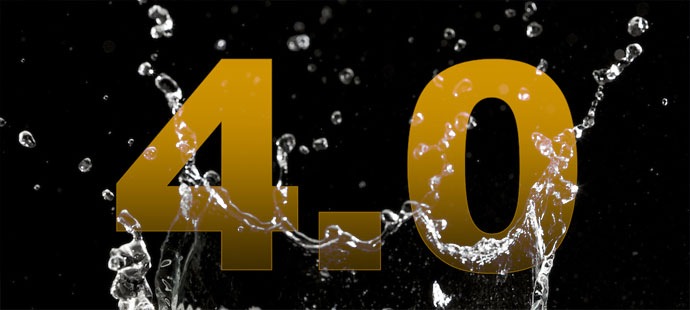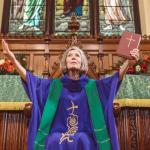Anyone who has followed the mainstream media’s coverage of the Catholic Church over the past decade or so knows that the biggest story out there — for perfectly valid reasons, let me stress — has been the latest wave of evidence that some members of the church hierarchy have hidden the sins and crimes of many clergy who have abused thousands of teens and children. These scandals have been drawing waves of coverage since the 1980s, although there are reporters out there who seem to think that this hellish pot of sin, sacrilege and clericism didn’t boil over until the revelations in Boston about a decade ago.
Let me stress, as your GetReligionistas have noted on numerous occasions, that this has been a scandal that has touched both the Catholic left and the right. To be perfectly blunt, quite a few Catholics on both sides of the theological spectrum have been hiding skeletons in their closets. If you have the stomach for it, the most intense, searing take on the scandal can be found in the book “Sacrilege: Sexual Abuse in the Catholic Church” by the conservative scholar Leon J. Podles.
With that in mind, it is interesting to take a careful look at the recent Associated Press feature marking the death of former Bishop Walter F. Sullivan of Richmond, Va.
What he have here is best described with the term “hagiography,” which one online dictionary defines as:
1: biography of saints or venerated persons
2: idealizing or idolizing biography
How did such a feature make it into global print, in an age in which Catholic leaders have faced — often with justification — withering scrutiny from the mainstream press? Let’s look at one or two chunks of this:
As the 11th bishop to head the Richmond diocese, Sullivan was known as one of the more progressive leaders in the Catholic church. He caused controversy by opening his churches to gays and lesbians, condemning wars in Vietnam and the Middle East and speaking out against the death penalty.
Under Sullivan, women found a greater role in the church as lectors and Eucharistic ministers, and seven of the diocese’s 145 parishes were run by women.
Sullivan also was instrumental in reaching out to minorities and other groups. Before he retired in 2003, the diocese had 24 advisory committees representing youth, women, homosexuals, blacks and senior citizens — all of which he consulted regularly.
The Commission on Sexual Minorities was the first official attempt by a Catholic diocese to reach out to homosexual parishioners when it was established in 1977. While it was not instantly accepted by many in the church, there were more than 40 commissions like it 20 years later. The commission was disbanded shortly after Bishop Francis DiLorenzo took over for Sullivan in 2004.
And further down in the piece, there is this bit of sacramental innovation:
He also helped found the Church of the Holy Apostles in Virginia Beach in 1977, a joint parish of the Catholic and Episcopal dioceses. Co-pastors conducted services at side-by-side altars — one for Catholics, the other for Episcopalians. … Last month, the Richmond diocese said the church could continue to longtime practice of allowing the blended church to remain under one roof, but it ordered clergy to devise a plan to meet in separate rooms for Holy Communion.
Finally, near the end, in the 16th paragraph, there is this nod to the elephant in the sacristy. The placement of this information is interesting, to say the least:
In the wake of the national sex abuse scandal in the Roman Catholic church, Sullivan was chastised by many for not admitting that the Richmond diocese had had priests accused of molesting children in the 1970s and ’80s until after victims came forward. Three priests were ousted from the diocese in the wake of the national Catholic organization adopting new rules for dealing with allegations in 2002.
The “national Catholic organization”? Might that have something to do with the U.S. Catholic Bishops meeting in Dallas and the resulting charter that, finally, offered some realistic strategies to force some of the shepherds to stop hiding the wolves who were abusing their spiritual sheep?
Why did the accusations against Sullivan, in this crucial matter, get pushed all the way down to the bottom of this rather long wire-service report?
Just asking. Meanwhile, in the very next paragraph, AP goes right back to the business of its fawning salute to Sullivan, a salute unmarred by the voices of any critics of his work, either here in America or in Rome.
“As a bishop, he took risks to try to create an atmosphere in the church where all literally all could find their place in the Church,” the Rev. Michael Renninger, now a priest at St. Mary Catholic Church in Richmond, told The Virginian-Pilot.
By the way, Catholic readers: Might anyone care to wager a guess where Sullivan went to seminary?











